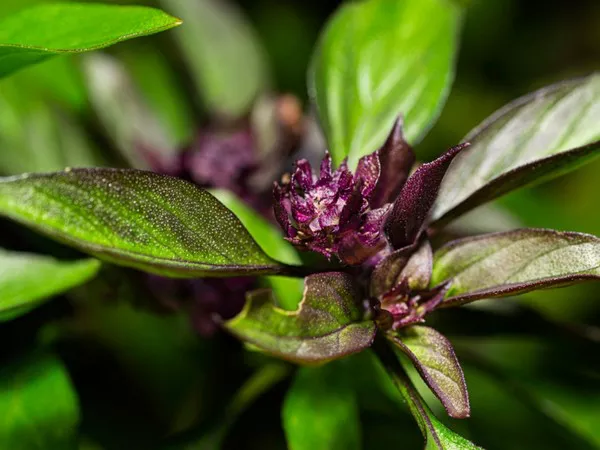Indoor plants bring life, beauty, and a touch of nature into our homes. However, they can also attract unwanted visitors in the form of pests that can damage and even kill our cherished plants. To ensure the health and vitality of your indoor plant collection, it’s crucial to understand how to prevent and manage pests effectively. In this comprehensive guide, we will explore the importance of proactive measures, common indoor plant pests, and strategies to maintain a pest-free haven for your green companions.
Common Indoor Plant Pests: Identification and Characteristics
Indoor plants can fall victim to a variety of pests, each with its own set of characteristics and potential for damage. Being able to identify these pests is crucial for effective pest management. Here are some of the most common indoor plant pests:
1. Spider Mites
Tiny arachnids that can cause stippling, discoloration, and webbing on plants. They thrive in dry conditions and can reproduce rapidly.
2. Aphids
Small, soft-bodied insects that suck sap from plants. They can cause distortion, stunted growth, and the secretion of honeydew, which can lead to sooty mold growth.
3. Mealybugs
Soft, cotton-like insects that feed on plant sap. Mealybugs can weaken plants, cause wilting, and leave behind a sticky residue.
4. Fungus Gnats
Small, flying insects that lay their eggs in moist soil. The larvae feed on plant roots, causing reduced growth and susceptibility to other issues.
5. Scale Insects
Hard or soft-shelled insects that attach themselves to plant surfaces. They feed on plant fluids, causing yellowing, wilting, and dieback.
Proactive Measures: The Key to Pest Prevention
Prevention is the cornerstone of pest management for indoor plants. By implementing proactive measures, you can create an environment that minimizes the likelihood of pest infestations. Here are some strategies to consider:
1. Start with Healthy Plants
Selecting healthy plants from reputable sources is the first line of defense against pests. Healthy plants are more resistant to infestations and have a better chance of recovering if pests do appear.
2. Isolate New Plants
When introducing new plants to your indoor collection, quarantine them for a few weeks before placing them near your existing plants. This period allows you to monitor the new plants for any signs of pests before they potentially spread.
3. Maintain Good Hygiene
Regularly inspect your plants for signs of pests or unusual damage. Remove dead leaves, debris, and fallen petals promptly, as these can provide hiding places for pests.
4. Monitor Watering Practices
Overwatering can create conditions that attract pests, such as fungus gnats and mold. Water your plants appropriately, allowing the soil to dry out between waterings to discourage pests.
5. Provide Adequate Air Circulation
Proper air circulation helps prevent the buildup of moisture, which can attract pests. Ensure that your plants are not overcrowded and have enough space to breathe.
Strategies for Pest-Free Indoor Plants
Maintaining a pest-free environment for your indoor plants requires a combination of proactive measures, regular monitoring, and appropriate treatment. Here are some effective strategies to keep your plants healthy and thriving:
1. Natural Remedies
Consider using natural remedies such as neem oil, insecticidal soap, or horticultural oils to control pests. These options are less harmful to beneficial insects and the environment.
2. Mechanical Control
Physically removing pests from plants by using techniques like hand-picking or spraying plants with a strong stream of water can be effective for managing smaller infestations.
3. Biological Control
Introducing natural predators such as ladybugs, lacewings, or predatory mites can help keep pest populations in check. These beneficial insects feed on common indoor plant pests.
4. Pruning and Quarantine
Regularly pruning and removing affected plant parts can prevent pest infestations from spreading. Isolating new plants for a quarantine period before introducing them to your collection also helps prevent the introduction of pests.
5. Cultural Practices
Maintaining optimal plant care practices, including proper watering, fertilization, and light levels, can strengthen plants and make them more resilient to pest attacks.
6. Chemical Control (As a Last Resort)
If pest populations become overwhelming and other methods have proven ineffective, consider using chemical treatments. However, reserve chemical control as a last resort and choose products that are specifically labeled for indoor plants.
Conclusion
Maintaining pest-free indoor plants requires diligence, knowledge, and a commitment to providing the best care for your green companions. By implementing proactive measures, identifying common indoor plant pests, and employing effective pest management strategies, you can create an environment that fosters healthy growth and lush foliage. Regular monitoring, proper hygiene, and an understanding of natural remedies and treatments will equip you with the tools needed to keep your indoor plant haven vibrant, thriving, and free from the challenges posed by pests. With the right approach, you can enjoy the beauty and tranquility of your indoor plants without the worries of unwelcome visitors.


